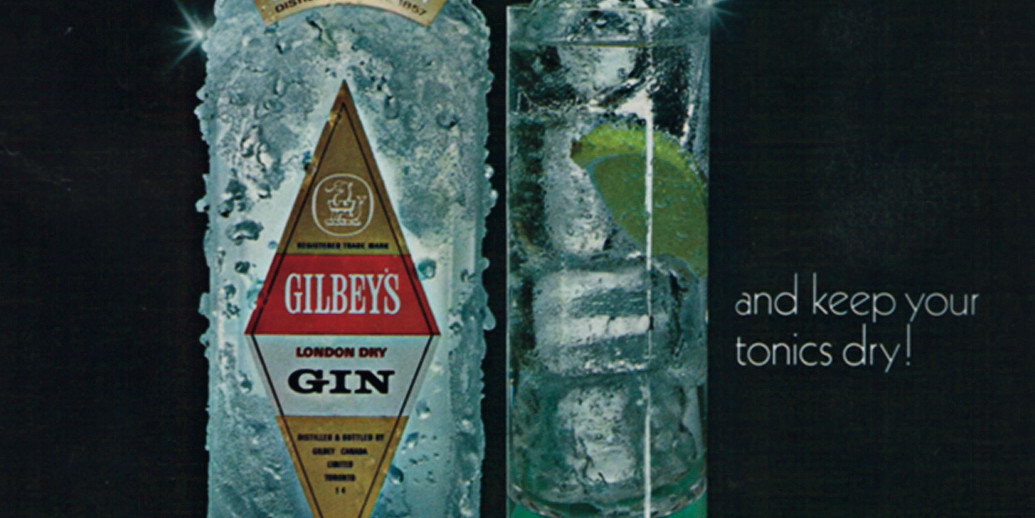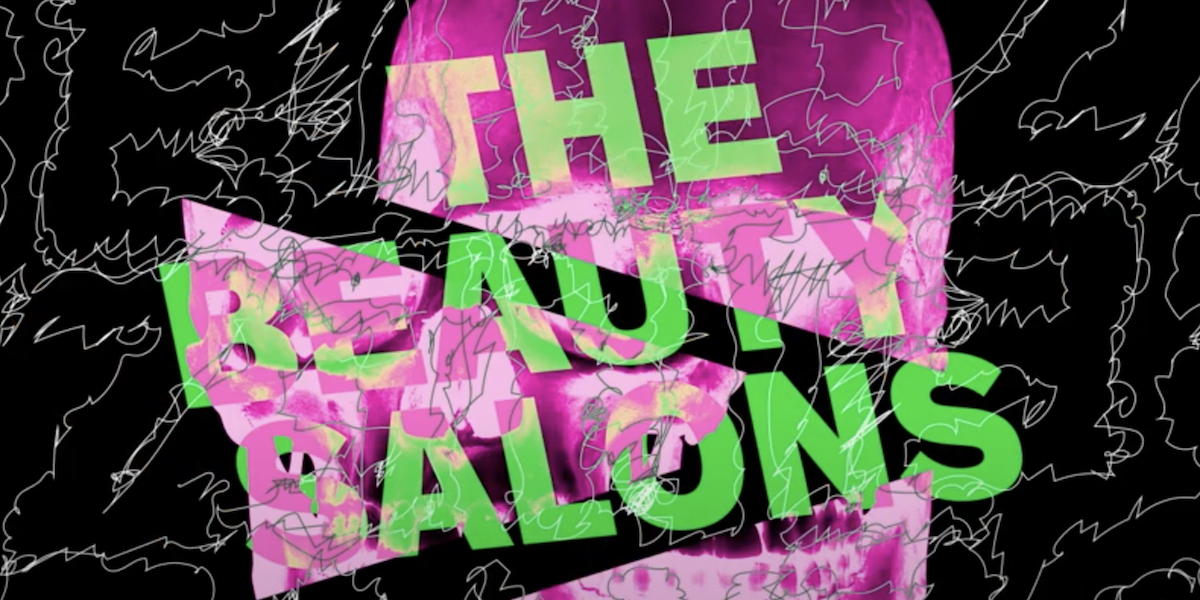Aghast Interpretation
“AT THIS POINT, you probably should take several deep breaths in order to relax, there is much more to come, if you’ll pardon the expression,” cautions Wilson Bryan Key, in the first chapter of his 1973 pulp best-seller Subliminal Seduction. The book, which ignited one of the Cold War era’s more banal panics—that the advertising industry is a black site of veiled salacious messages—is best remembered for its analysis of an ad for Gilbey’s gin, which Key claimed contained the letters S-E-X embedded in ice cubes. But Key goes on to argue that television and magazine ads contained stronger stuff












